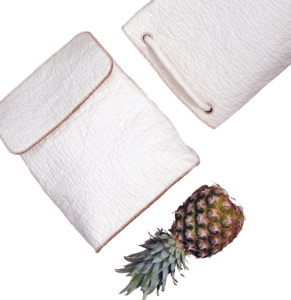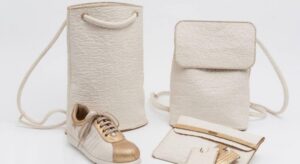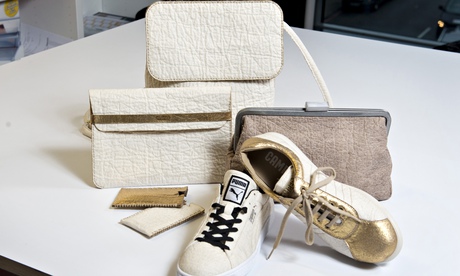Leather has been used for many thousands of years to make just about every kind of cloth and upholstery you can imagine. It has long been preferred for certain tasks; not just out of its easy accessibility but also for it’s durability. Nowadays, people tend to prefer to have the availability of many different options.
The first reported use of artificial leather was by the Chinese around the 1400’s and is believed to have been discovered by tampering with silk. The most common artificial leather in the world today is most certainly PU leather aka Polyurethane or ‘Pleather’.
While Polyurethane is more animal friendly, washable, cheaper and doesn’t require as much care as normal leather, it tends to crack after being exposed to prolonged sunlight.
It’s also not breathable, it’s not environmentally friendly and it’s not biodegradable. It actually takes over 500 years for poly-leathers to decompose, like most other oil-based plastics do.
There have been numerous types of artificial leathers and polymers that have been invented over the last 30 years or so. Though, most of them tend to have one or more of three common problems.
They either have some sort of petroleum-based plastic in them, they’re expensive, or they aren’t very marketable due to certain flaws, such as weakness to sunlight.
That may soon be changing! Piñatex™, a new sustainable textile made from the pineapple leaf fibres, a by-product of the pineapple harvest was created and developed by Dr. Carmen Hijosa. She spent over 7 years in research and development perfecting her amazing new invention.
She managed to create an artificial leather that is strong, durable, breathable, beautiful and 100% natural. The best part? It’s even cheap and environmentally friendly to make!
Because Piñatex fibres are the by-product of the pineapple harvest, it takes zero extra land, water, fertilizers or pesticides to produce them. Fibres get made into a mesh, that goes through a few short mechanical and chemical processes before reaching their end result.
Carmen made sure that the resulting fabric was strong enough to be used as one would use leather, without compromising the sustainability of the process.
Here is a link to their website, as well as a video about Piñatex!
We’re all really hoping this amazing new leather takes off and becomes widely available. Not just for our animal friends sake, but also for the sake of the environment!

